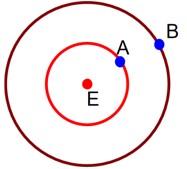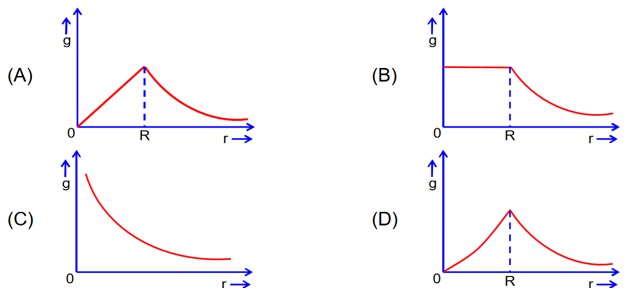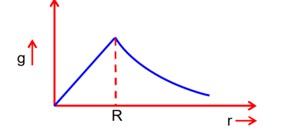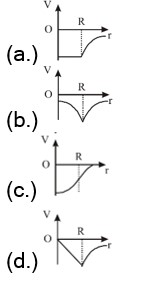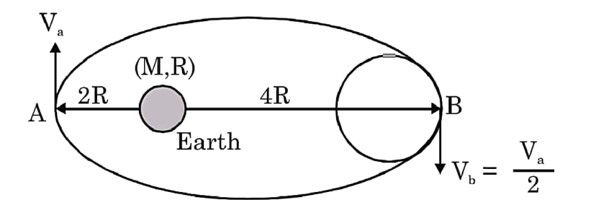Overview
Get insights from 89 questions on Overview, answered by students, alumni, and experts. You may also ask and answer any question you like about Overview
Follow Ask Question
89
Questions
0
Discussions
4
Active Users
0
Followers
New answer posted
2 months ago
0 Follower
2 Views
V
Vishal Baghel
Contributor-Level 10
According to question, we can write
Increment in height of tower = h2 – h1 = 500 – 125 = 375 m
Taking an Exam? Selecting a College?
Get authentic answers from experts, students and alumni that you won't find anywhere else
Sign Up on ShikshaOn Shiksha, get access to
- 65k Colleges
- 1.2k Exams
- 679k Reviews
- 1800k Answers

